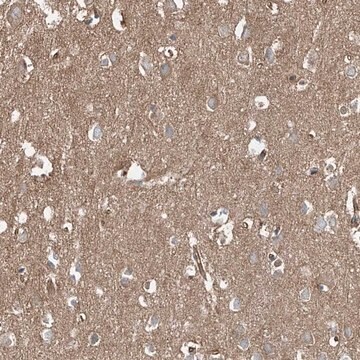Kluczowe dokumenty
RES1000A-A7
ACES
Synonim(y):
ACES, N-(2-Acetamido)-2-aminoethanesulfonic acid, N-(Carbamoylmethyl)-2-aminoethanesulfonic acid, N-(Carbamoylmethyl)taurine
About This Item
Polecane produkty
pochodzenie biologiczne
synthetic
Formularz
powder
metody
cell culture | mammalian: suitable
zanieczyszczenia
Endotoxin and microbial; tested
przydatny zakres pH
6.1-7.5
pKa (25°C)
6.8
mp
>220 °C (dec.) (lit.)
przydatność
suitable for manufacturing use
obecność zanieczyszczeń
Cytotoxicity, DNase, NICKase, RNase, and Protease; tested
ciąg SMILES
NC(=O)CNCCS(O)(=O)=O
InChI
1S/C4H10N2O4S/c5-4(7)3-6-1-2-11(8,9)10/h6H,1-3H2,(H2,5,7)(H,8,9,10)
Klucz InChI
DBXNUXBLKRLWFA-UHFFFAOYSA-N
Szukasz podobnych produktów? Odwiedź Przewodnik dotyczący porównywania produktów
Zastosowanie
Specific applications include buffers for cell culture media, protein separations and diagnostic reagent production.
Opakowanie
RES1000A-A701X: 100 gm container
RES1000A-A702X: 1 kg container
RES1000A-A704X: 10 kg container
Kod klasy składowania
11 - Combustible Solids
Klasa zagrożenia wodnego (WGK)
WGK 3
Temperatura zapłonu (°F)
Not applicable
Temperatura zapłonu (°C)
Not applicable
Wybierz jedną z najnowszych wersji:
Masz już ten produkt?
Dokumenty związane z niedawno zakupionymi produktami zostały zamieszczone w Bibliotece dokumentów.
Nasz zespół naukowców ma doświadczenie we wszystkich obszarach badań, w tym w naukach przyrodniczych, materiałoznawstwie, syntezie chemicznej, chromatografii, analityce i wielu innych dziedzinach.
Skontaktuj się z zespołem ds. pomocy technicznej




